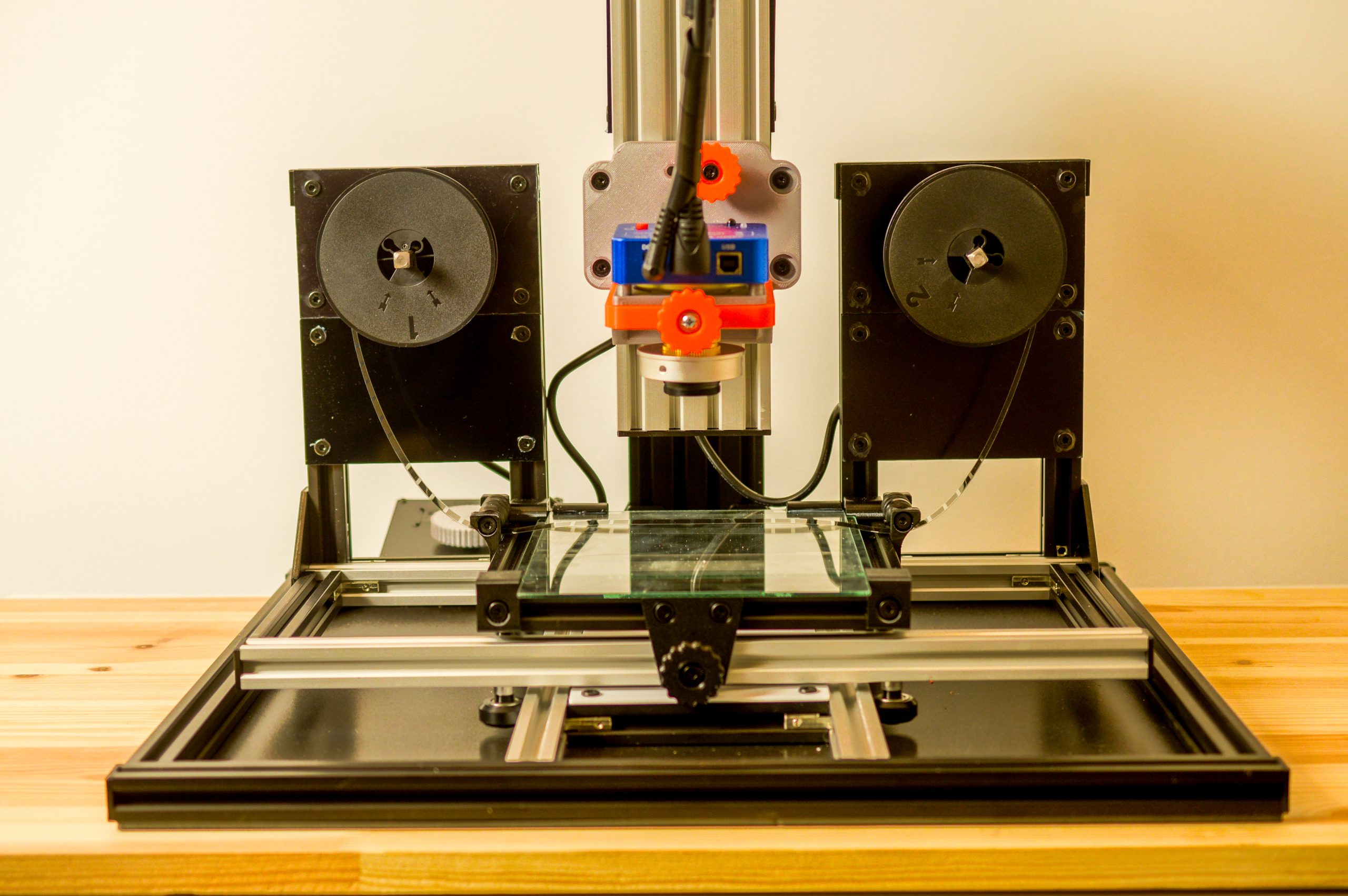We say that a microfilm reader is the machine that is used to view and read microfilm media. Microfilm in itself is a type of physical film that stores small, reduced sized images of documents, archive materials and even photographs. It is used as the best method to preserve and store documents and archival materials, for very long periods of time, achieving high space reduction given its large storage capacity.
Moving forward, we will be looking at what a microfilm reader should contain and why we think these are valuable machines even today. Let’s go over the most important aspects right now.
| No | Product | Film Control | Readable Media | Colorspace | Connectivity | Price |
| 1 | Klip View | 16mm and 35mm Motorized Film Carrier | – Microfiche – Microfilm Jackets – Aperture cards 16mm and 35mm – Dia Films | Color and Bitonal Viewing, Negative and Positive | HDMI Connection directly to Monitor | Request info |
The reader light source
We always recommend that the microfilm reader comes with a very bright light to illuminate the images from the back. This can be integrated into the reader itself, or you can use an external solution to do that.
Now, given that microfilm media requires sharpness and accuracy, we always recommend you use a temperature of 3500k or above. We have found that cold light will usually yield the best viewing and capturing results. You can use a halogen lighting source or these days it’s maybe better to switch to LED.
Magnifying lens
As you already know, the microfilm contain highly reduced images. So you will require to use a magnifying glass to be able to scale the image to it’s real size, or at least to a size that makes it readable.
In this sense, we recommend you use a high quality lens, that will allow you to clearly see the details and sharpness to be maintained. Also, we recommend you use an adjustable lens, that allows you to change the magnification level on the go.
Screen to view images on microfilm
There are 2 different approaches to this. You can first use the classic one, to use the lens and project the images on to a “screen”. This is not an actual screen, rather than a projection board on which the images are projected using a mirror and the magnifying lens.
Nowadays, there is a tendency to use digital cameras and actual LED monitors to read images on microfilm. We think this is much better, given that will allow for much better resolution and accuracy.
Controlling the reading process
Because reading microfilms is not a given process, you will need to control and constantly adjust settings during the viewing procedure. Therefore the first things you need to be able to control are the magnification levels and focus. These two allow you to first get to a clear level of size adjustment, then the second one will help you achieve the clarity you need in the image.
Other aspects such as white balance, exposure and other image enhancements features are reserved to digital microfilm readers and therefore can’t be achieved on a full analog device. Also fine tunning the contrast and the brightness is a big plus of readers that can be connected to a digital monitor.
Last but not least, you should thing about the film transport. Microfilm rolls are very long and can contain thousands of documents. Therefore, you should be able to quickly wind and rewind rolls, so the process does not take ages. The control of the film movement is therefore critical in a microfilm viewer, and the more control you have over it, the better.
Scanning capabilities on a microfilm reader
Scanning has been the norm ever since the world has gone digital. While in the past, readers were a full analog experience, current devices have scanning capabilities, which will also allow you to transfer the images to a computer media. This is much better given that you can easily store but more important you can quickly share documents.
Also, it allows you to play with the files, adjusting image clarity and also retrieve a lot of data from the images on the microfilm. The manual labor is therefore reduced, giving you a peace of mind over the data retrieval process.
When you use a reader with scanning capabilities, you can also access functions such as automatic image straightening and also cropping. This will yield much better retrieval results, and just about any curvature in the film, or other negative aspects, can be corrected easily afterwards, in what we call the image processing phase.
Who uses microfilm viewers
Microfilm readers are used in data retrieval contexts, such as libraries, government offices, archives and even private companies doing services for such customers. Another usage is in the legal field, where in some cases, documents on microfilm are legally binding. In genealogy for example, they allow researchers to access and trace ancestors and general roots of families.
Researchers, genealogists and other stakeholders that require access to historical documents or photographs, will probably tell you that at some point they have worked with microfilm and microfilm readers. They are the main focal point of this industry, given that they constantly require to access old documents which are usually stored on microfilm.
Our conclusion on microfilm readers
These devices are useful tools in the historical and research industries, where access to documents, archive materials and old photographs is a day to day requirement. Researches use these machines on a day to day basis, and tend to grow fond of them over time.
With the transition to digital, readers have evolved and have become full fledged data retrieval “factories”. Given the implementation of scanning technology in them, they are now capable of retrieval thousands of documents full of data, on a day to day basis.
